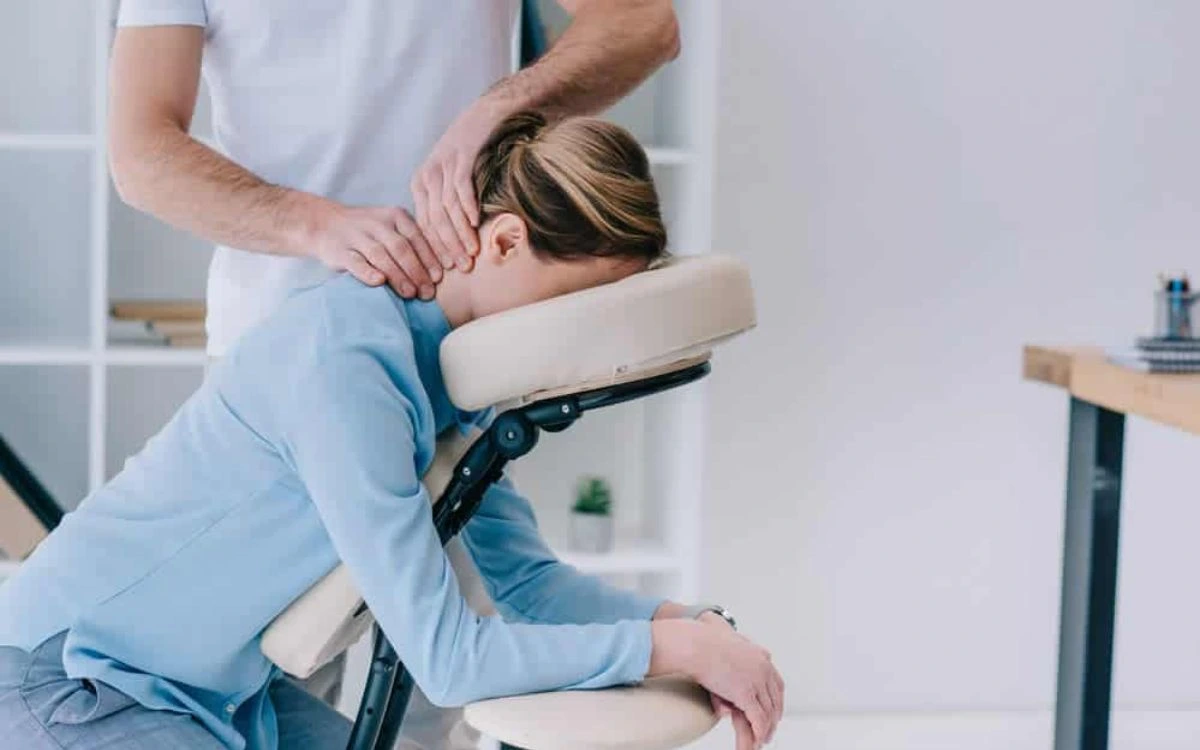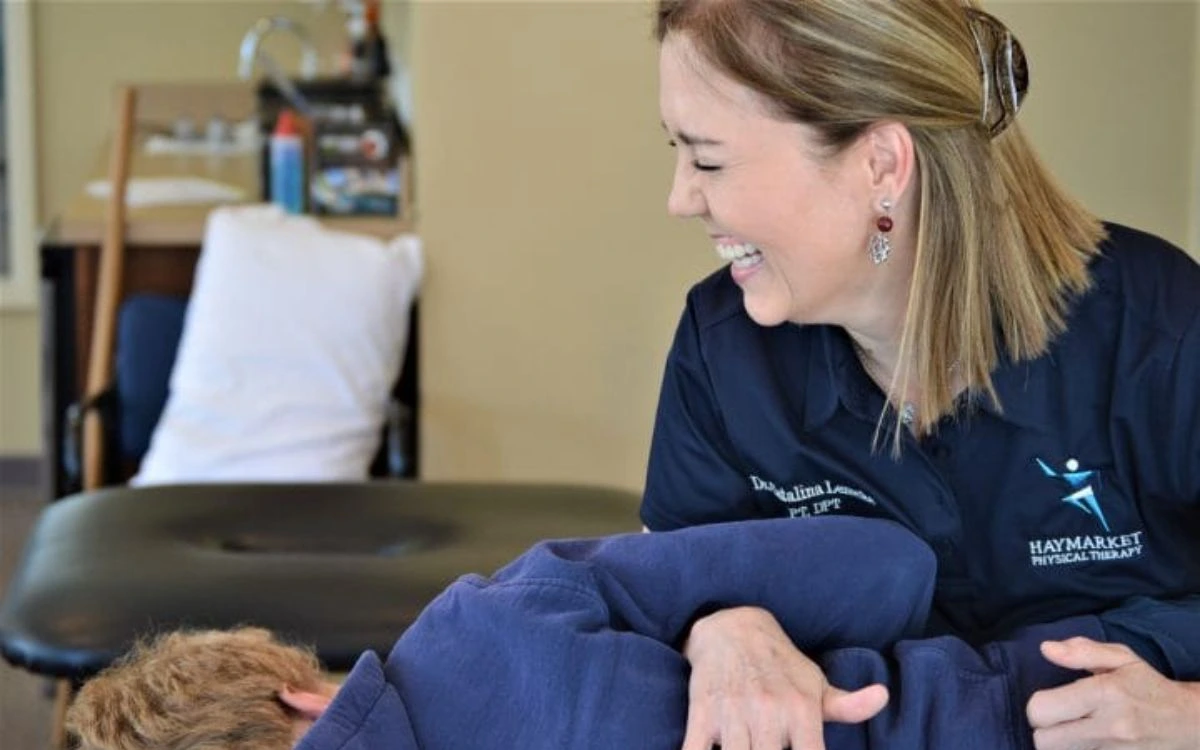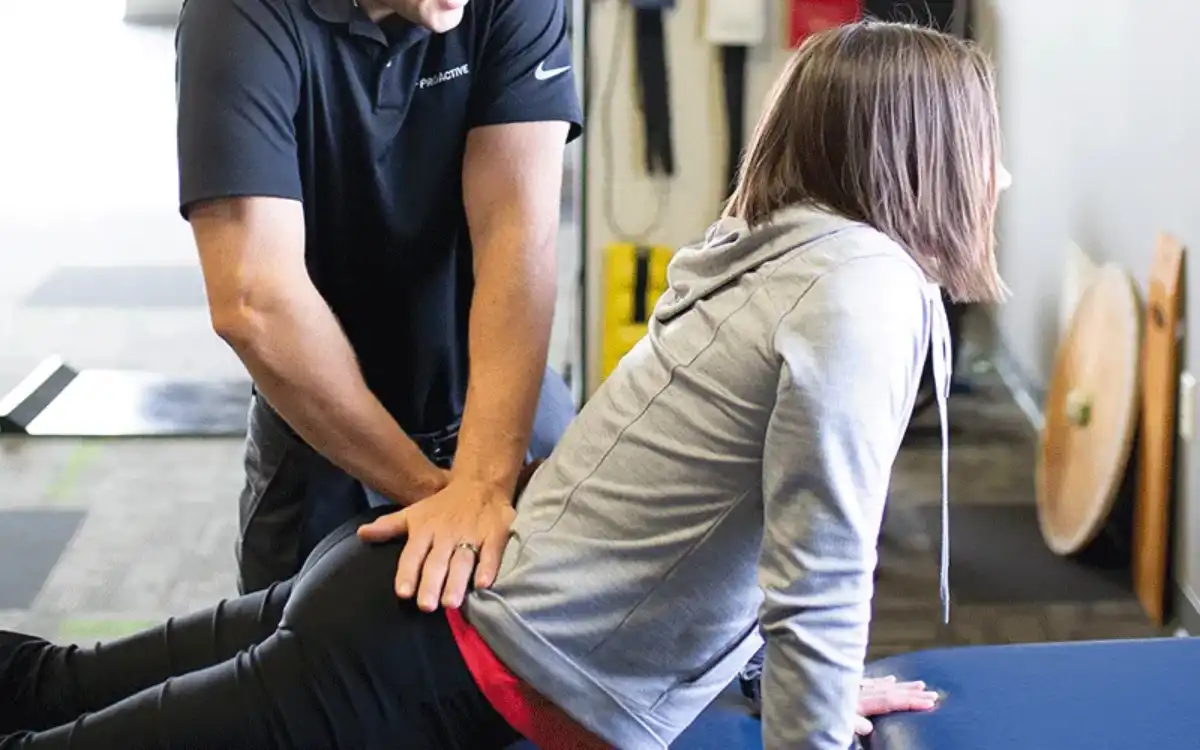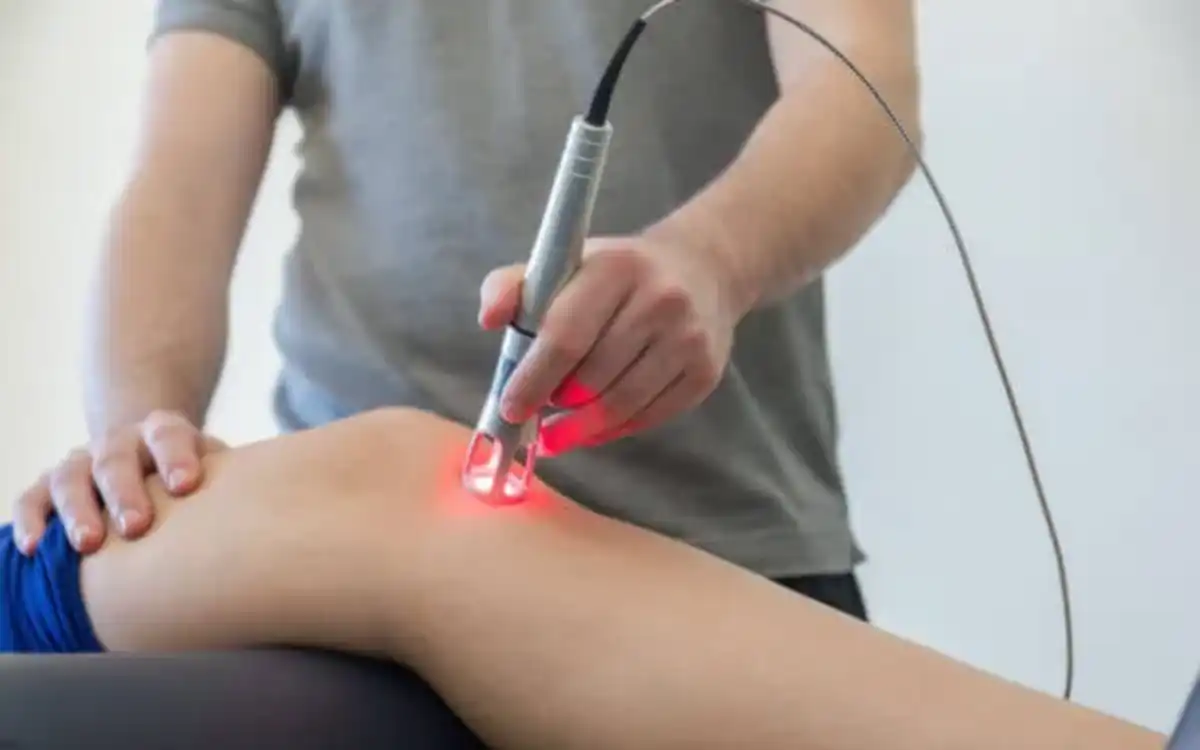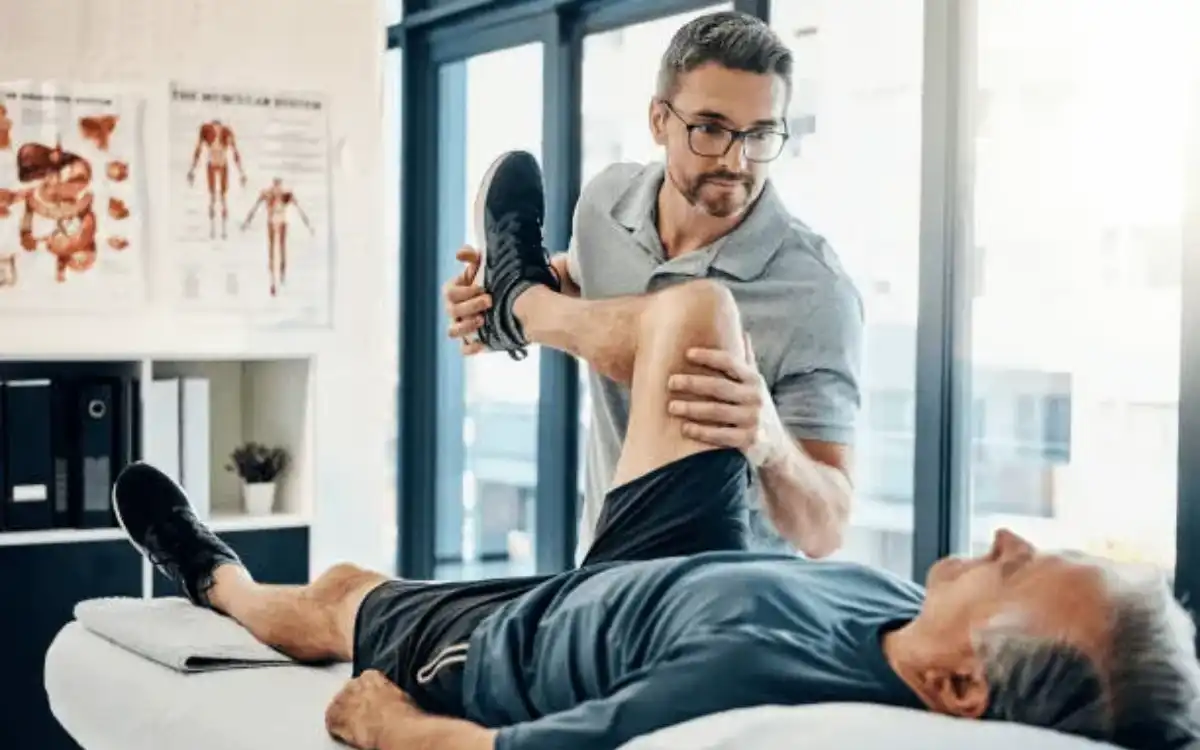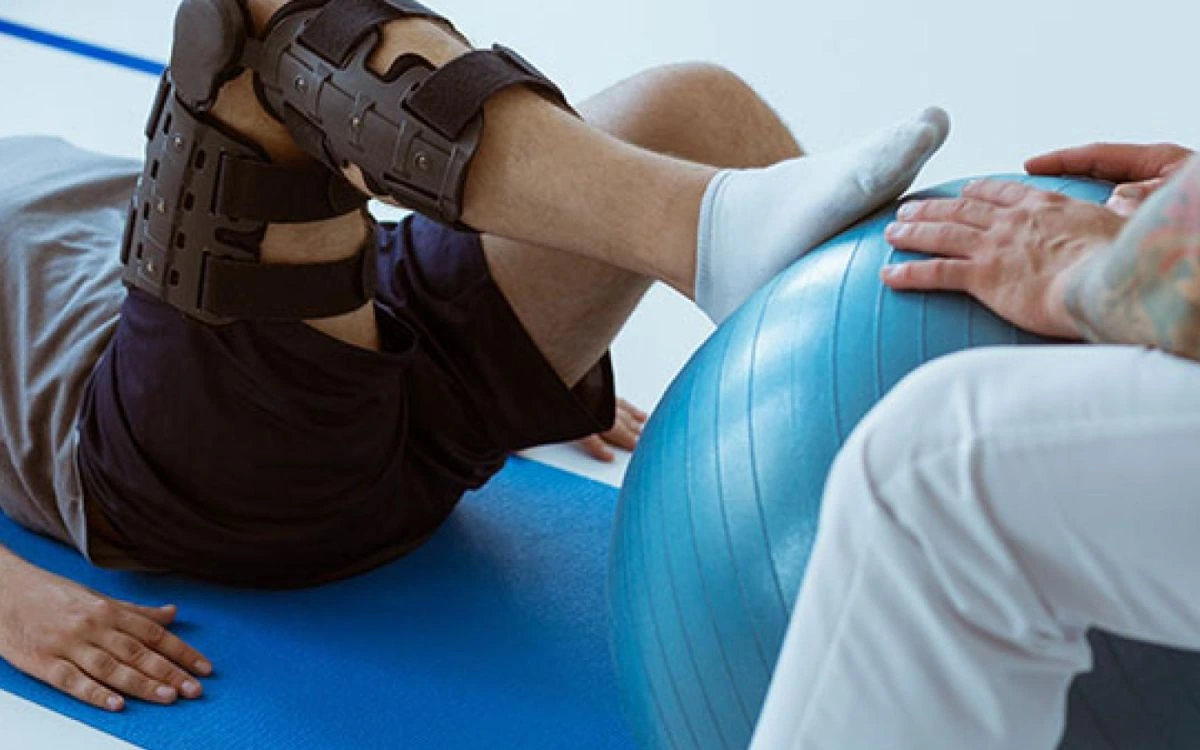OVERVIEW
Osteoporosis

Osteoporosis refers to a condition in which bones are more fragile and more susceptible to breaking. Osteoporosis, if not treated or prevented early enough, can lead to bone fractures. Broken bones, also called fractures, are most common in the hip, spine and wrist.
An estimated 44 million Americans are at risk from osteoporosis, a major public health problem. Today, the U.S. has 10 million people with the disease, and nearly 34 million more have low bone mass. This puts them at higher risk of developing Osteoporosis.
*The Osteoporosis Facts
- About one-third of those 65 and older will fall each year. Some will also be left disabled by broken bones.
- Women account for eighty percent of Osteoporosis patients.
- One in two women over 50 years old will experience an Osteoporosis-related bone fracture.
- More than 1.5 million fractures are caused by osteoporosis each year.
- Men account for 20% of Osteoporosis patients.
- In 2001, the estimated direct national expenditures for Osteoporotic fractures (hospitals/nursing homes) was $17 billion ($47 million per day).
- Women are more likely to sustain hip fractures than men, but the rate for men is almost twice that of women.
- The risk of hip fracture in a woman is equal to the combined risk of breast, cervical and ovarian cancer.
- Six months after a hip injury, 15% of patients with hip fractures can still walk unassisted in a room.
* Source: National Osteoporosis Foundation
There is no cure for Osteoporosis. However, there are steps that you can take to slow down, stop, or reverse its progression.
Recommendations for Treatment:
- Healthy, balanced eating habits that are rich in vitamin D and calcium.
- Weight-bearing exercise.
- Healthy lifestyle that doesn’t involve excessive alcohol or smoking
- Prescription medication and testing are appropriate.
Your doctor is an important part of your treatment.
Physical therapy is important
You can experience the following with physical therapy:
- Personalized posture, weight-bearing, resistance and exercise programs.
- Proper nutrition and education about Osteoporosis are important.
- Information about fall prevention and risk factors.
TREATMENT
GOALS
Possible Treatment Goals
- Improve Fitness
- Improve Function
- Optimize Joint Alignment
- Improve Muscle Strength and Power
- Improve Range of Motion
- Improve Relaxation
- Self-care of Symptoms
- Improve Safety


